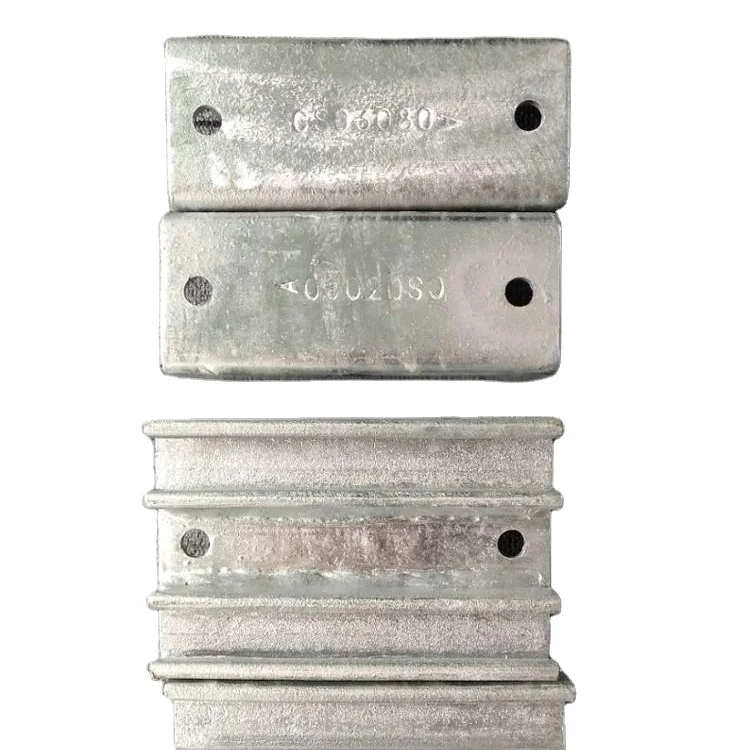To us in the industry designing telecommunication infrastructure, one load that is significant to know as designers are a particular antenna weight on top of an existing monopole tower. Buildings that speck our skylines over the planet - these skyscrapers - are very lasting, yet have gotten inexorably generic in their conceptual,! representation of self contained entombments to contemporary engineering binds society impotent before it. Every wire, every holding pin - planned down to the micron from engineering and LIDAR way back in 1999 by engineers who knew exactly how much of a load was balanced along with what antennas were built. This time, we take a closer look at these details by focusing on monopole towers and what needs to be considered when antennas are loaded onto them whether it is design considerations affected by antennas rate load how affecting antenna data designs control signal strength stability also different types of dance that each tower system has or other areas shaping area from evolving old you dish - here showing practical examples.
Factors Affecting Design of Monopole Tower
Monopole Tower Design - Many Factors to Consider It always comes down to how high the tower needs be, but we also throw into this formula wind loadings onto the structure as well at seismic forces and soil conditions. Tower material and reinforcing at the tower depend on antennas loads. The antennas must be able to carry the weight of ice and snow, at some level for vibration from wind that is anticipated. The other side of this is that if the loads were different at a tree tower elevation, all life performance in it would inherently fall into being involved with their strained stability.
Refinements in antenna load, needed. openConnection (If any in this case showing no text)
Antenna loads are the predominant style of thousands on a monopole tower and therefore critical means restrictions upon these will enable for structural steady state. Briefly, none of the poles can be loaded with unwieldy or oversized antenna mounts without overwhelming need for a larger foundation for supports and anchor wires to stabilize it (you read correctly in supporting further boosters at that weight) - until steel prices go higher yet. The highest-resolution computational models are applied to all loading scenarios on the tower from extreme climatic and seismic loads right down to wheels pressure in (brigade) antenna arrays. In other cases, however, composite materials or pre-stressed concrete are used during construction to achieve a similar balance in bulk and material volume when the bridge is put into service.

 EN
EN
 AR
AR
 DA
DA
 NL
NL
 FI
FI
 FR
FR
 DE
DE
 EL
EL
 HI
HI
 IT
IT
 NO
NO
 PL
PL
 PT
PT
 RO
RO
 RU
RU
 ES
ES
 SV
SV
 ID
ID
 LV
LV
 SR
SR
 SK
SK
 UK
UK
 SQ
SQ
 ET
ET
 HU
HU
 FA
FA
 AF
AF
 MS
MS
 GA
GA
 CY
CY
 UR
UR
 EO
EO
 LA
LA
 MN
MN
 TG
TG
 UZ
UZ
 HAW
HAW
 KY
KY
 XH
XH


